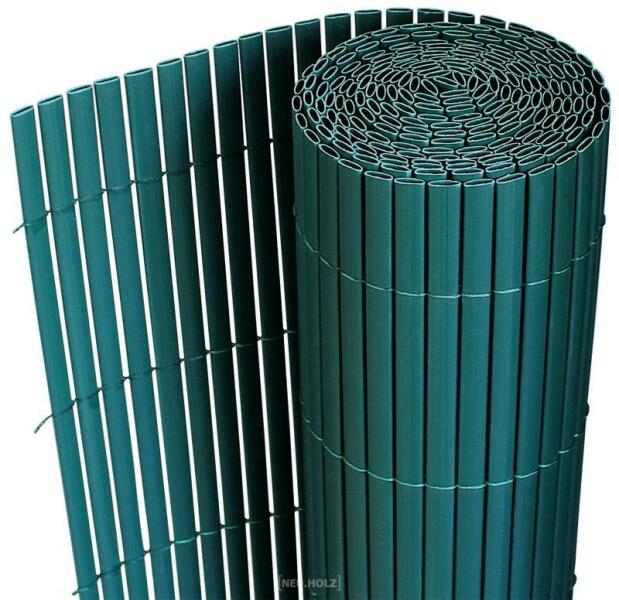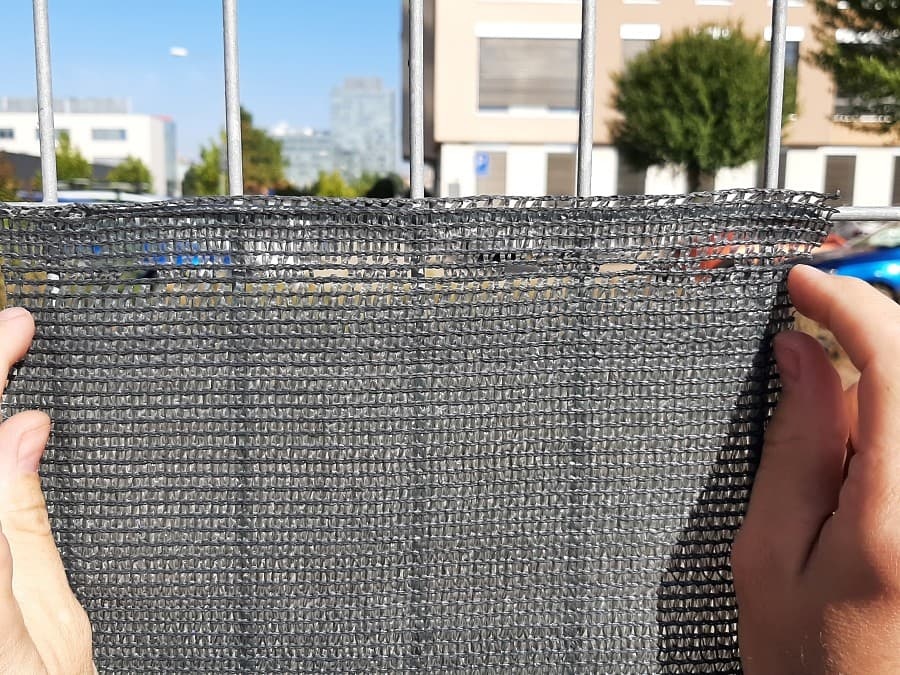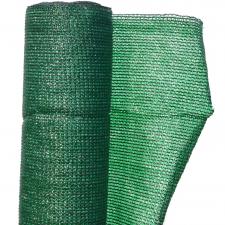
Tenax Bermuda 2 Az Egyben Termék; 1.5x5 m Belátásgátló Árnyékoló Védő Háló 100% Fényszűrő Nem Szőtt Anyagból, Műanyag Kerítés Hálóval; 750g/m2 Súlyú; UV-Kezelt - eMAG.hu

Vásárlás: Premium_D Belátásgátló műnád többféle méretben zöld színben kerítés takaró tekercs szélfogó pvc 90x300 cm Árnyékoló háló, kerítéstakaró árak összehasonlítása, Belátásgátló műnád többféle méretben zöld színben kerítés takaró tekercs szélfogó ...

Vásárlás: Wohnen Műsövény erkélyre kerítésre belátásgátló 300x100 cm világoszöld fenyő hatású mű tűlevelek takaró háló élethű Árnyékoló háló, kerítéstakaró árak összehasonlítása, Műsövény erkélyre kerítésre belátásgátló 300 x 100 cm világoszöld fenyő ...

Vásárlás: Wohnen Műsövény erkélyre kerítésre belátásgátló 300x150 cm világoszöld műlevelek takaró háló élethű Árnyékoló háló, kerítéstakaró árak összehasonlítása, Műsövény erkélyre kerítésre belátásgátló 300 x 150 cm világoszöld műlevelek takaró háló ...

ÁRNYÉKOLÓ HÁLÓ 1,5 X 10 M - SZÜRKE 260 G/M2 KERÍTÉSHÁLÓ - 99%-os fényszűrő belátásgátló védőháló teraszra és kerítésre - UV stabil HDPE dupla szövésű takaróháló - DUPLEX 1,5X10 - - Kertészeti-borászati és lakásfelszerelési kellékek




















